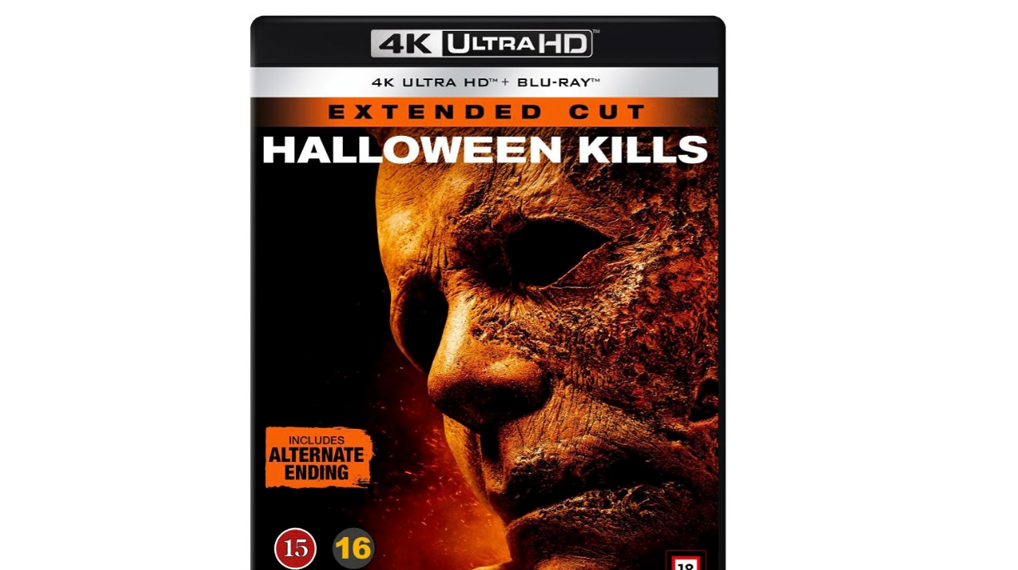TL;DR
Halloween Kills picks up immediately after the 2018 film, ignoring prior sequels to directly follow the original. It dives into Haddonfield's descent into chaos as a mob hunts Michael Myers. While the 1978 flashbacks and returning cast are highlights, the film feels like filler, sidelining Laurie Strode and leaning into excessive gore. The Ultra HD edition offers stunning visuals and immersive sound, with bonus features and an extended cut. It's a solid, if less subtle, follow-up that sets the stage for the final chapter. Want to know if it's worth the upgrade? Read our full review!
In 2018, Halloween was released, serving as a direct sequel to the 1978 classic. Unlike other sequels, this film disregards the continuity of previous installments and functions solely as a direct continuation of the original. Consequently, the events depicted in the numerous other films featuring Michael Myers are not considered canon within this film’s narrative. The 2018 Halloween film successfully introduced a fresh perspective while maintaining the aesthetic qualities of the original, and, predictably, a sequel followed.
Michael Myers (Nick Castle) survives the fire and resumes his murderous spree. Laurie Strode (Jamie Lee Curtis), recovering from her injuries in the hospital, watches as members of her family join a vigilante group determined to eliminate the killer. The group is led by Tommy (Anthony Michael Hall), the boy Laurie protected from Myers in 1978. As paranoia spreads throughout Haddonfield, the town descends into chaos.
Regarding the strengths of Halloween Kills, there are several noteworthy aspects. The flashback sequences set in 1978 are exceptionally well-crafted and offer a compelling glimpse into the immediate aftermath of the original film’s events within this timeline. Furthermore, the filmmakers deserve recognition for incorporating a key character from the original film without relying on CGI. Halloween Kills features several returning characters from the first film, with some actors reprising their roles after retirement. While Anthony Michael Hall did not portray Tommy in the original film, his presence and established persona contribute effectively to the character and the overall atmosphere.
One significant drawback of Halloween Kills is its apparent role as a filler installment. Jamie Lee Curtis’ character, Laurie Strode, has limited screen time and remains confined to a hospital setting. While this may be a realistic portrayal of her recovery, the film struggles to stand independently and feels like an extended prelude to the next installment. Halloween Kills also features a notably high number of death scenes within the franchise, which, while potentially appealing to some viewers, occasionally shifts the film’s tone closer to that of a Jason Voorhees slasher (reminiscent of the Friday the 13th series) rather than a nuanced portrayal of Michael Myers. It’s crucial to remember that, regardless of his seemingly supernatural abilities, Myers is ultimately a mortal human, not an immortal or invulnerable entity.
The Ultra HD edition boasts excellent visuals, with impressive clarity and deep blacks. Given the film’s predominantly nocturnal setting, the high contrast between light and dark enhances the image, creating a near-three-dimensional effect. The Dolby Atmos sound design is immersive and impactful, heightening the tension. The included extras are substantial, featuring insightful documentaries and supplementary content. The film is presented in both its theatrical release version and an extended cut, approximately 4.5 minutes longer. The primary addition is a new, extended ending, which is arguably more satisfying than the original. The additional minutes primarily consist of longer and more graphic death sequences.
In conclusion, Halloween Kills receives a passing grade based on the quality of the edition and its overall entertainment value. However, compared to the 2018 Halloween, this sequel lacks some of the original’s subtlety and narrative strength. Halloween Ends is slated for release later this year, and its title suggests a definitive conclusion to the saga.
SF Studios provided a review copy of this film. The provision of materials does not influence our editorial assessments, which are conducted to provide unbiased reviews for our readers.
